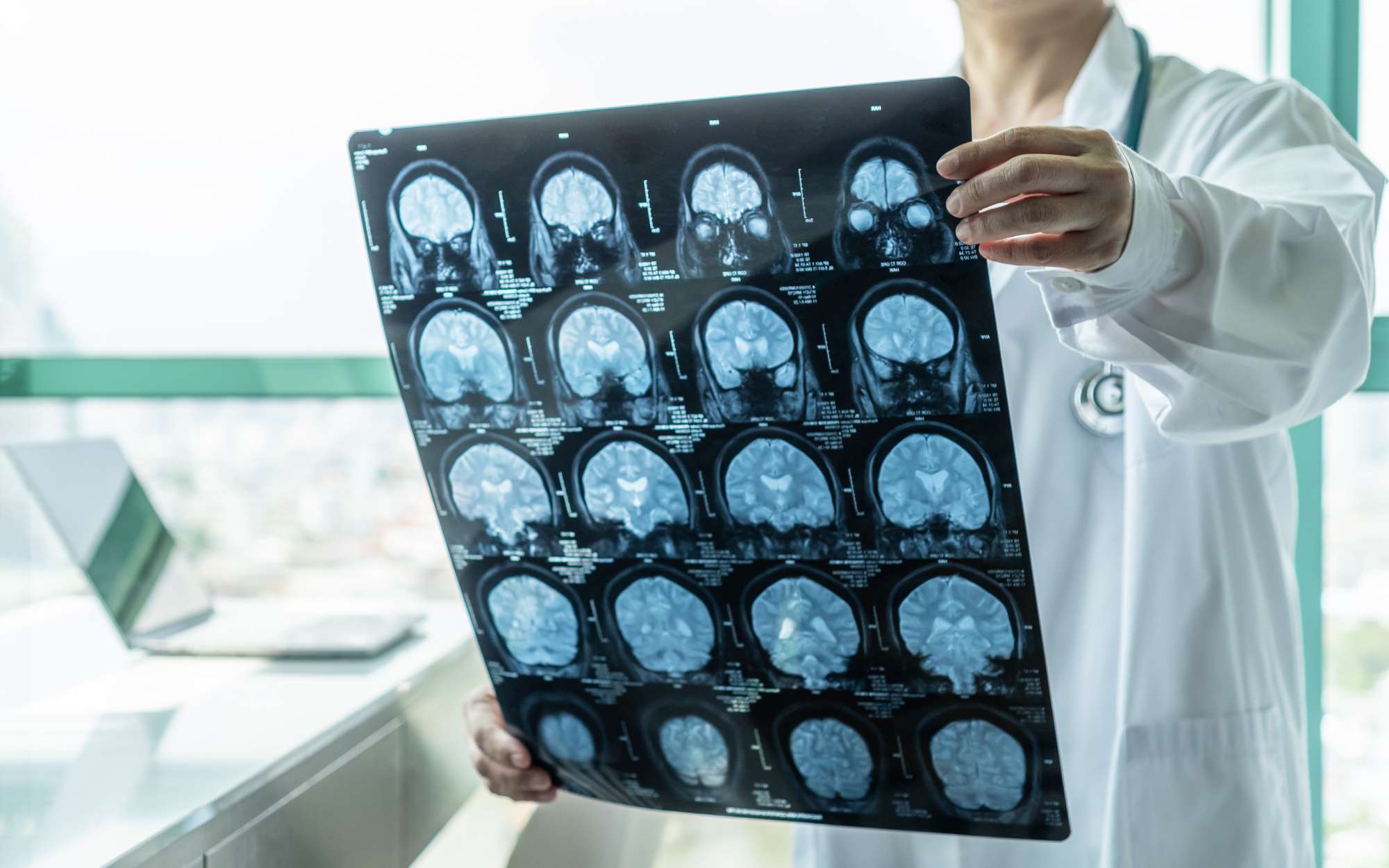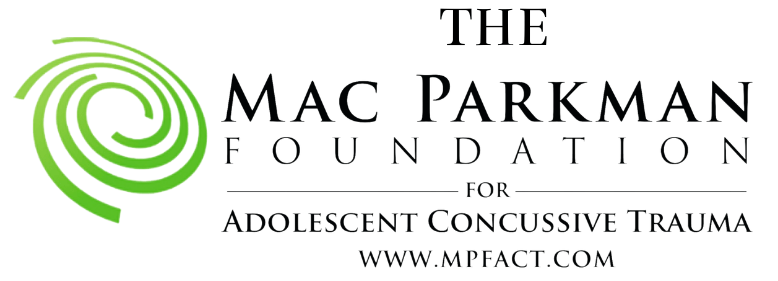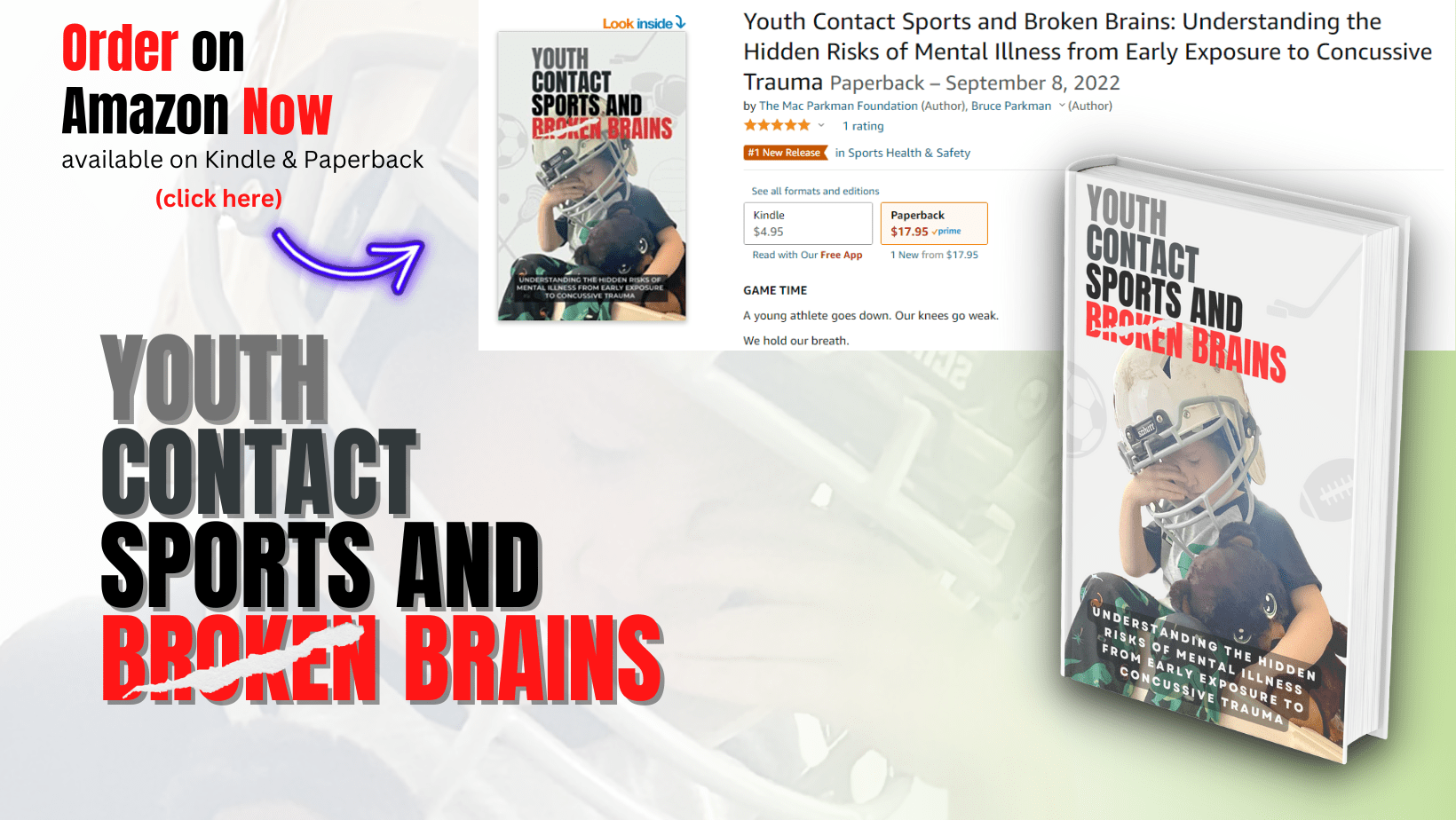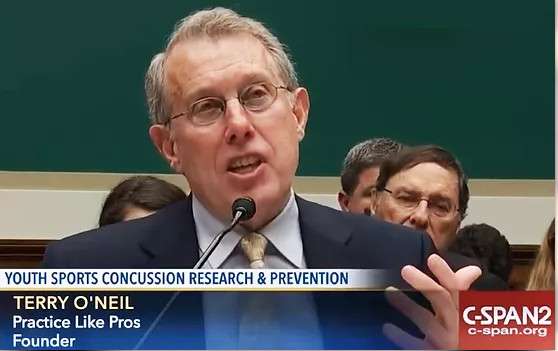Thank you for reading our story!
Proceeds from your book purchase directly funds critical research and education to further uncover the links between concussive + subconcussive trauma and mental health surrounding contact sports and youth athletes.
As parents, you know the risks your kids face every day - drugs, the internet, video games, strangers - and you work diligently and with love to protect them. Why? We do so because we are aware of those risks.
Well, I didn't know about the risks of concussive and subconcussive trauma that we discuss in this book. I couldn't protect my son . . . and I lost him.
That is why I wrote this book, to try to heal through the sharing of knowledge that I have gained over the last year or so. That there is a demonstrable link between concussive sports, developing brains and mental illness. I want you to know what I know. . . You don't want to be in my club.
Especially when it is avoidable.
~ Bruce Parkman

Continuous and unrelenting physical damage causes irreparable harm to the brain resulting in mental illness due to an abnormally functioning brain.
Eventually, the mental illness will manifest itself in mannerisms, actions, and decisions caused by the psychological distress and physical ailments that come with brain damage. Over time, their mental illness progresses until some athletes become depressed, schizophrenic, suffer anxiety, act impulsivity, and some, like Mac, commit suicide.
"Bruce Parkman has done a great service to begin ringing the warning bell loud and clear about the dangers of concussion, TBI, and their connection to mental health disorders--including the risk of increased suicidal ideation--in our youth, adolescent, teenage, and college athletes."
He is advocating for a complete reevaluation of how we understand cumulative, concussive head injury in this vulnerable population when the brain is still maturing and developing. His son Mac would be very proud of what his dad has fashioned to honor his memory.

Allan J. Hamilton, MD, FACS
Allan Hamilton is a Harvard-trained brain surgeon, celebrated speaker and an acclaimed and award-winning writer. He has been called “one of the great intellects of the 21st century.” His peers have elected him “One of the Best Doctors in America for eighteen consecutive years.”
Testimonials

Doug Zegel, Patrick Risha CTE Awareness Foundation
"Bruce Parkman just did the human race a huge favor. In this book he explains the fragility of a child's brain, and how we must respect and protect those precious brains so they can develop and mature as nature intended. He fought through his personal grief and anguish to produce a definitive summary of how a child’s brain develops and the things we should do to protect it. His anguish is fueled by the realization that, “All this information has been out there for decades and we just don’t know it.” And his grief is born through the loss of his son Mac whose brain was destroyed playing a game he loved playing since the age of five."
We lost a son Patrick back in 2014. And like the Parkmans, our family created a foundation to raise awareness of CTE, and the insidious nature of its cause and effect. It has been a struggle to get the message across. Brilliant research is progressing at a pace, but the subject matter is dense and scientific, and technical. It’s a difficult subject to convey.
Bruce has managed to read, digest and summarize decades of medical journals, research papers, and texts on the subject of brain growth and development, as well as the studies on the harmful results that come from concussive AND sub concussive hits our children routinely receive playing men’s sports.
This book tells the tragic story of Mac Parkman, followed by an inspired summary of the development of the most intricate organ known to man…the human brain. This book is a “must read” for every parent, grandparent, every school board member, every athletic director, trainer, counselor, mental health professional, law maker, or just plain everyone who has a stake in the human race and the order of our society. Like the Parkmans, we learned in the most difficult way imaginable that the human brain is much more fragile than we ever knew. Now YOU can know. Because your child’s future is only as good as the health of his brain.








